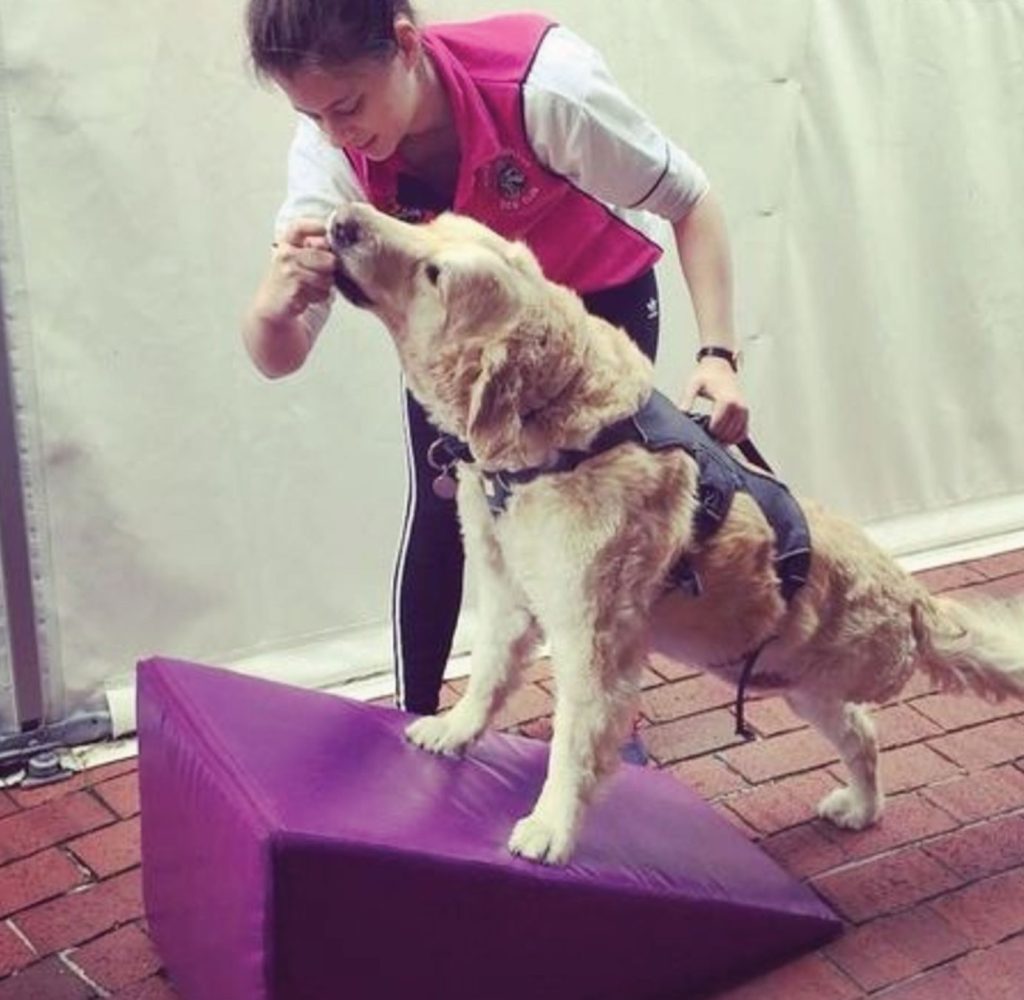When it comes to your dog’s recovery, especially after surgery or an injury, you want to ensure the best possible outcome. Many pet owners face the decision of whether to add physiotherapy to their dog’s recovery plan. The cost of veterinary physiotherapy may seem steep at first glance—averaging around £500 for a course of 10 treatments—but is it worth the investment compared to skipping it? Let’s explore whether physiotherapy is a valuable addition to your dog’s recovery programme and how it could potentially save you money in the long run.
Understanding the Costs and Benefits of Physiotherapy
Physiotherapy is often recommended for dogs recovering from:
- Orthopaedic injuries (e.g., cruciate ligament repairs, fractures).
- Post-surgical rehabilitation (joints, bones, or muscle surgery).
- Chronic pain conditions like arthritis.
- Neurological issues such as intervertebral disc disease or paralysis.
The benefits of physiotherapy go beyond just healing. It aims to:
- Speed up recovery by improving mobility and strength.
- Prevent complications and re-injury by strengthening muscles and joints.
- Reduce the need for ongoing medication, potentially saving money.
- Enhance your dog’s quality of life, allowing them to return to normal activities sooner.
Comparing Costs: Physiotherapy vs. No Physiotherapy
Let’s break down two scenarios to see how the costs could play out over time.
Scenario 1: Adding Physiotherapy (£500)
By investing in a £500 physiotherapy programme, your dog may recover faster, with:
- Fewer vet visits for follow-ups or complications (which typically cost £40-£60 per visit).
- Reduced need for ongoing pain relief medication (usually costing £20-£40 per month for dogs on anti-inflammatory drugs or painkillers).
- Potentially avoiding more expensive treatments like additional surgeries due to improper healing or re-injury.
For example, a surgery to repair a cruciate ligament injury can cost anywhere from £2,000 to £4,000. If physiotherapy helps avoid re-injury or complications that require additional surgery, the £500 upfront investment could save you thousands in the long term.
Scenario 2: No Physiotherapy
Without physiotherapy, recovery may take longer, and the risk of complications or re-injury increases. This could lead to:
- More vet visits for extended check-ups or new complications.
- Higher medication costs over time to manage ongoing pain or slow recovery.
- Increased risk of re-injury, which may require additional treatments or surgery, potentially costing thousands of pounds.
In this scenario, your dog’s quality of life may also be impacted, with slower healing, reduced mobility, and prolonged discomfort.
The Hidden Value of Physiotherapy
Beyond the direct financial savings, it’s important to consider the quality of life improvements for your dog. A quicker recovery means less pain, more mobility, and a happier, more active dog. Not only does this mean fewer trips to the vet, but it also allows your dog to get back to their normal routines faster—whether that’s running around the park, playing fetch, or simply enjoying their daily walks.
Is £500 Worth It?
Ultimately, physiotherapy appears to be a smart investment for many dogs recovering from injury or surgery. While it may feel like a significant upfront cost, the potential to avoid future vet bills, extended medication, or corrective surgeries can make the £500 physiotherapy programme great value for money.
Additionally, helping your dog recover fully and swiftly offers immense benefits to their overall wellbeing. With better mobility, less pain, and lower risks of complications, physiotherapy could provide peace of mind for both you and your dog.
Final Thoughts: Is Physiotherapy Right for Your Dog?
When weighing whether to add physiotherapy to your dog’s recovery plan, it’s essential to think about both the short-term and long-term costs. If your dog’s condition involves complex healing—such as an orthopaedic injury, post-surgery rehab, or chronic joint issues—physiotherapy could save you money over time and enhance your dog’s quality of life significantly.
Moreover, if you’re insured then most Pet Insurance covers you for 10 sessions or £500 which means your bill could be as little as £20 for a typical programme.
In cases where proper rehabilitation is critical, physiotherapy may not only be valuable for the wallet but also for ensuring your dog lives a healthy and happy life.













